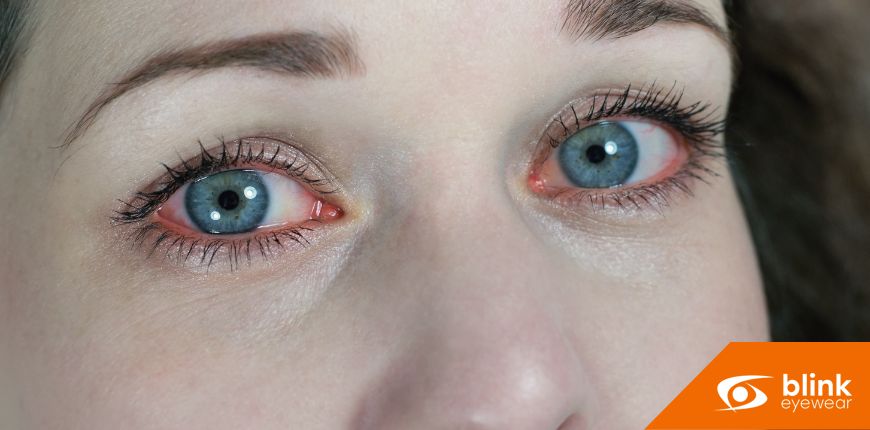
"Pink eye" or conjunctivitis comes in three primary forms: viral, bacterial, or allergic. Viral conjunctivitis, commonly linked to colds or respiratory infections, causes a watery discharge and redness. It typically resolves on its own within one to two weeks, with warm compresses offering relief. Bacterial conjunctivitis, resulting from bacteria like Staphylococcus, produces a yellow-green discharge. Prescribed antibiotic eye drops or ointments can treat this effectively. Allergic conjunctivitis, instigated by allergens such as pollen or pet dander, leads to intense itching but is not contagious. Avoiding allergens and using allergy eye drops is the recommended treatment. Regardless of the type, it's crucial to practice good eye hygiene, ensuring prevention and promoting recovery.
Waking up to a red, swollen, and itchy eye can undoubtedly be alarming. The unexpected sight of one’s reflection with the hallmark pinkish hue of the condition universally known as "pink eye" often leads to panic, discomfort, and a flurry of questions. The truth is, not all pink eyes are the same. Primarily, three main variations of this condition exist: viral, bacterial, and allergic conjunctivitis. To understand the best course of action, it's crucial to differentiate between these types, which can be quite reassuring for many.
Viral Conjunctivitis
Viral Conjunctivitis often manifests through symptoms like watery discharge, irritation, and the redness that gives the condition its colloquial name. It's interesting to note that this form of pink eye might start in one eye but doesn't hesitate to venture to the other. One of the key things to remember is that this form is usually linked with colds or respiratory infections. Just like the cold viruses that can leave us sniffling, a virus is responsible for this form of conjunctivitis. The comforting news here is that there's no specific cure needed. Viral pink eye typically bids goodbye on its own within one or two weeks. And while it stays, using a cold or warm compress can act as a solace for the irritated eye.
Bacterial Conjunctivitis
On the other hand, Bacterial Conjunctivitis paints a slightly different picture. The symptoms lean towards a thick, yellow-green discharge from the eye. In some cases, this discharge can be quite bothersome, especially when one wakes up to find their eyelids sealed shut post a night's rest. The culprits behind this version of pink eye are bacteria, such as Staphylococcus or Streptococcus. It's vital to note that this form is contagious, so keeping an immaculate standard of hygiene becomes non-negotiable. However, there's a silver lining. Bacterial conjunctivitis can be treated, and treated effectively. With antibiotic eye drops or ointments, which are usually prescribed by an ophthalmologist or a physician, significant improvement can be observed within just a few days.
Allergic Conjunctivitis
Then there's Allergic Conjunctivitis, which stands distinct from its viral and bacterial siblings. If there's an intense itch in the eyes coupled with redness, swelling, and watery discharge, the odds lean towards this being allergic in nature. These symptoms often dance in tandem with other classic allergy manifestations, such as a runny nose. The triggers are allergens we might unwittingly encounter in our daily lives, like pollen, dust mites, or even the dander from our furry friends. A comforting aspect of allergic conjunctivitis is that it isn't contagious. As for its treatment, staying away from the allergen causing the reaction is a logical step. But for those unfortunate moments of unintentional exposure, over-the-counter or even prescription allergy eye drops can come to the rescue.
A universal piece of advice, irrespective of the type of conjunctivitis, revolves around prevention. Keeping the eyes untouched, hands washed, and eye makeup tools refreshed are small steps with significant impacts. For those who adorn their eyes with contact lenses, thorough cleaning and avoiding lens usage during a suspected conjunctivitis phase can be game-changers.
In conclusion, while pink eye is common and often a mere temporary glitch in our health, it's essential to understand its nature. An accurate diagnosis, ideally from an eye care professional, can pave the path for swift recovery. After all, with understanding and timely care, the natural sparkle of the eyes can be restored, relegating the 'pink' to just fond memories of past sunsets.
Written on behalf of Blink Eyewear.